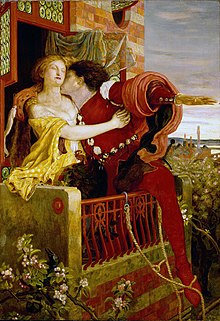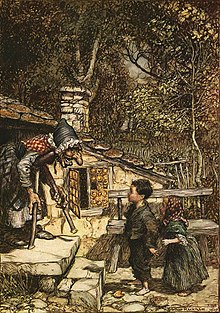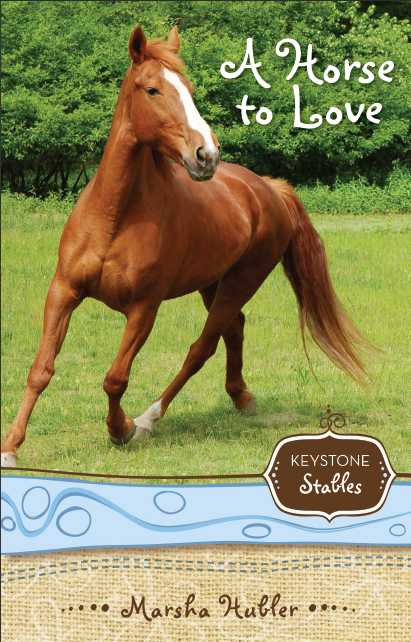PLOT # 15
FORBIDDEN LOVE
Romeo and Juliet

The Hunchback of Notre Dame
Are you a writer with a passion to peck out a love story with a tragic, yet heartwarming, plot or end? Then take heed to the steps you need to take to crank out a best-seller:
- Forbidden love is any love that goes against the conventions of society, so there is usually either an explicit or implicit force exerted against the lovers.
- The lovers ignore social convention and pursue their hearts, usually with disastrous results.
- Adultery is the most common form of forbidden love. The adulterer may either be the protagonist or antagonist, depending on the nature of the story. The same is true for the offended spouse.
- The first dramatic phase should define the relationship between partners and phrase it in its social context. What are the taboos that they have broken? How do they handle it themselves? How do the people around them handle it? Are the lovers moonstruck, or do they deal with the realities of their affair head-on?
- The second dramatic phase should take the lovers into the heart of their relationship. The lovers may start out in an idyllic phase, but as the social and psychological realities of their affair become clear, the affair may start to dissolve or come under great pressure to dissolve.
- The third dramatic phase should take the lovers to the end point of their relationship and settle all the moral scores. The lovers are usually separated, either by death, force, or desertion.
So, there you have it. Take note of the progression of “sadness” that must occur to develop a well-written forbidden love story.
ALL INFORMATION COMPLIMENTS OF
Tobias, Ronald B. 20 Master Plots: And How to Build Them (Kindle Locations 1185-1207). F+W Media, Inc. Kindle Edition.
I highly recommend this book for anyone interested in writing fiction of any kind.
**************************************************
COMING SOON!
MY LATEST RELEASE!
A DEVOTIONAL FOR HORSE-LOVING KIDS!





